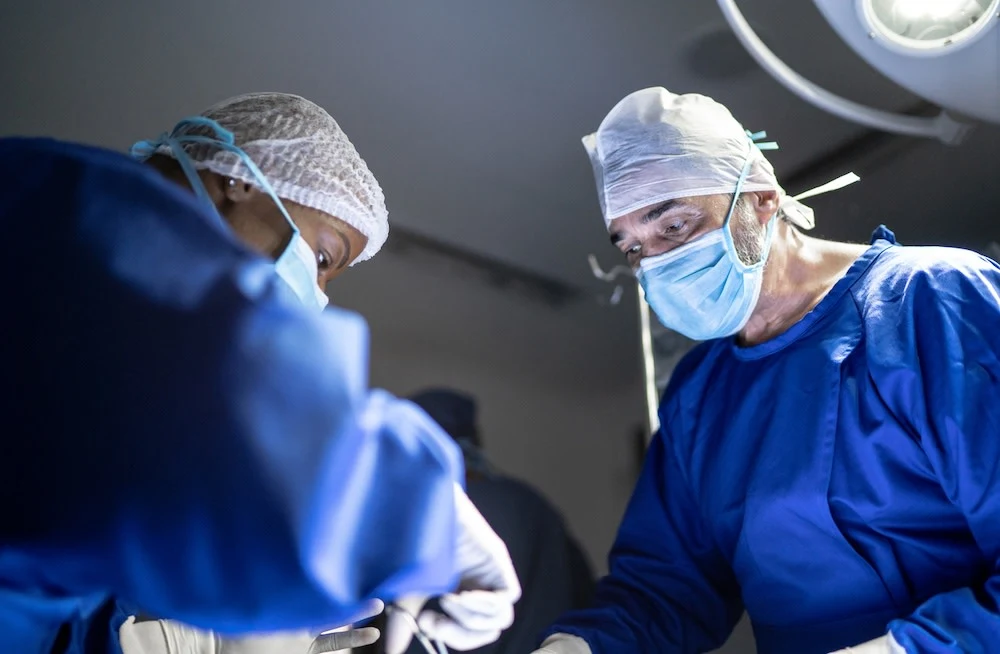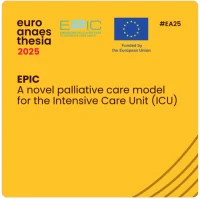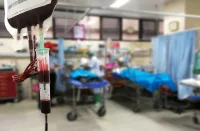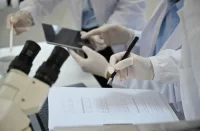Rapid technological advancements and evolving clinical roles are transforming the landscape of cardiac anaesthesia, reshaping how clinicians care for the most vulnerable patients. From navigating the technical challenges of the catheterisation laboratory to mastering the intricacies of extracorporeal membrane oxygenation (ECMO), today’s cardiac anaesthetist must continually adapt to a dynamic and demanding field.
In a special symposium at Euroanaesthesia 2025, presented in collaboration with the European Association of Cardiothoracic Anaesthesiology and Intensive Care (EACTAIC), leading experts explored four critical frontiers in cardiac anaesthesia:
- The unique demands of anaesthetising patients in the Cath Lab
- The use of echocardiography to optimise weaning from venoarterial ECMO
- Expanding indications and multidisciplinary strategies for ECMO
- The debate on Enhanced Recovery After Cardiac Surgery (ERACS): standardisation vs. individualisation
The catheterisation laboratory poses distinctive challenges for anaesthetists: cramped workspaces, limited access to equipment, suboptimal monitoring, and restricted emergency response capabilities. High-risk patients and complex procedures demand exceptional adaptability.
Dr Chirojit Mukherjee, Chairman of Anaesthesia & Intensive Care at HELIOS Heart Hospital, Karlsruhe, Germany, discussed these challenges. He highlighted the importance of interdisciplinary communication and preparation for sudden haemodynamic or airway emergencies, often in an environment not optimised for immediate intervention. Fluoroscopy-related exposure further complicates care delivery, requiring clinicians to balance patient safety with their own.
Once considered a measure of last resort, ECMO has become a vital tool in managing high-risk cardiac cases. Venoarterial ECMO now supports complex procedures such as valve repairs, heart-lung transplants, and rescue during cardiogenic shock or intraoperative arrest. It is even deployed prophylactically in procedures like TAVI.
Weaning from VA-ECMO is a critical step, requiring precise assessment of native cardiac recovery. Dr Fabio Guarracino, a leading authority in acute perioperative echocardiography, demonstrated how real-time imaging can inform this critical decision.
Using key parameters, including left ventricular ejection fraction (LVEF), aortic velocity-time integral (VTI), and right ventricular function, echocardiography provides essential insights into whether the heart can sustain independent function. While transthoracic echocardiography is often first-line, transesophageal echocardiography (TEE) remains indispensable in patients with limited transthoracic windows.
Dr Guarracino highlighted how integrating echocardiographic data with clinical and haemodynamic information enables safer, more effective weaning and improves patient outcomes.
The growing use of ECMO demands not only technological familiarity but also seamless collaboration across disciplines. Anaesthetists, perfusionists, and intensivists must share a comprehensive understanding of ECMO physiology, anticoagulation, circuit dynamics, and ventilatory strategies.
Professor Gudrun Kunst, Consultant Anaesthetist at King’s College Hospital and Honorary Professor of Cardiovascular Anaesthesia at King’s College London, outlined how this evolving landscape requires cardiac anaesthesia teams to become more integrated, versatile, and research-informed. She discussed how emerging data from ongoing trials are refining protocols and best practices, securing ECMO’s role as a cornerstone of advanced cardiac support.
Originally developed for colorectal surgery, Enhanced Recovery After Surgery (ERAS) protocols are increasingly adopted in cardiac settings. But should ERACS be universally applied or tailored to individual patients?
Professor Dr Steffen Rex, Associate Professor in the Department of Cardiovascular Sciences at the Catholic University Leuven, Belgium, argued for widespread adoption. Drawing from over a decade of experience, he maintained that standardised protocols, with minimal personalisation, can achieve consistent, improved outcomes, especially in elderly and complex patients.
His guiding philosophy? Keep it simple to keep it effective. Avoid unnecessary complexity, maintain flexibility in clinical thinking, and resist falling into rigid treatment paradigms. Prof Rex made the case that a streamlined, universally applied ERACS pathway, appropriately adjusted when necessary, can benefit patients and clinicians alike.
Overall, the symposium offered a compelling look into the future of cardiac anaesthesia, where innovation, collaboration, and clinical precision come together to advance patient care.
Source: Euroanaesthesia 2025
Image Credit: iStock










